In this session/post we will learn about Integration Procedure Basics and learn about declarative server side processing in OmniStudio.
What is Integration Procedures?
Declarative, server-side processes that execute multiple actions in a single server call. Merge the output to multiple APIs and orchestrate multi-step calculations. Integration procedures can be used as a data source for an OmniScript, FlexCard, API, or Apex.
- Declarative object-to-object maps
- Declarative JSON/Object mapping
- Hierarchical REST interfaces
- JSON and XML-based transactions
- Declarative cache configurations
- Declarative data source management in
- Salesforce Industries Process Libraries
- Bulk transaction support
Omnistudio Integration Procedures build integrations 10x faster… with no code!
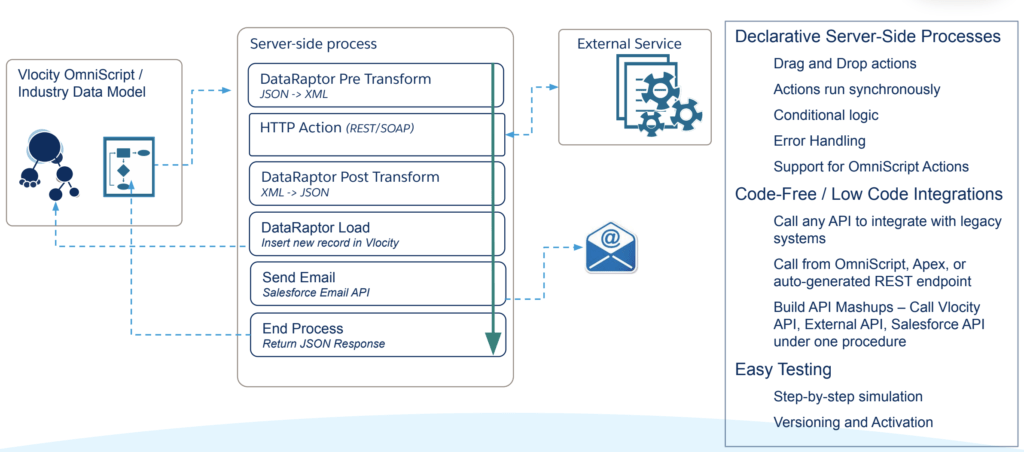
Integration Procedures Overview
Integration procedures provide drag and drop designer build using same technology as OmniScript. It provide different action to run on Salesforce Servers to reducing round trips to client.
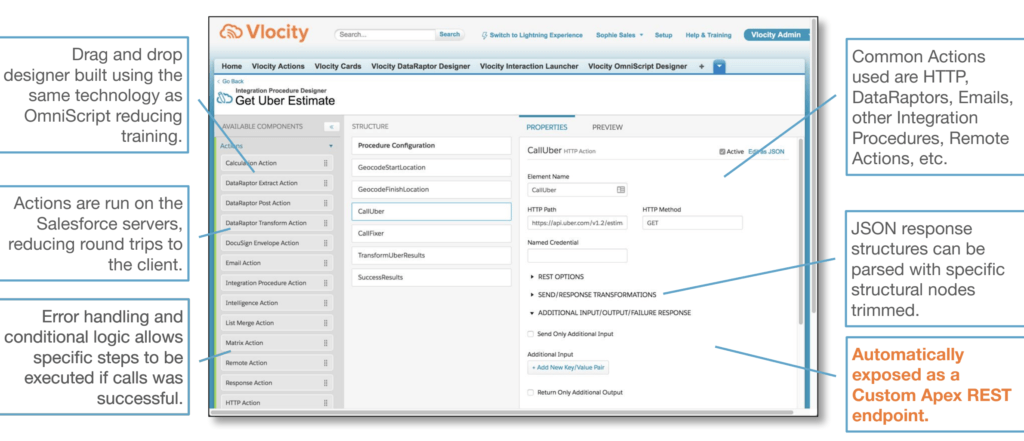
When to use Integration Procedures?
Now question is when we should use Integration procedures in OmniStudio? Following are some reason where we can use Integration Procedures.
- You need to access and transform data from third-party sources.
- No user interaction is required.
- Moving the workload from client to server is preferable.
Integration Procedure – Data Input
IP can be used to to get data from Salesforce object using DataRaptor Extract, Or we can get data from external system using API and we can get data from Apex class as well using Remote Action.
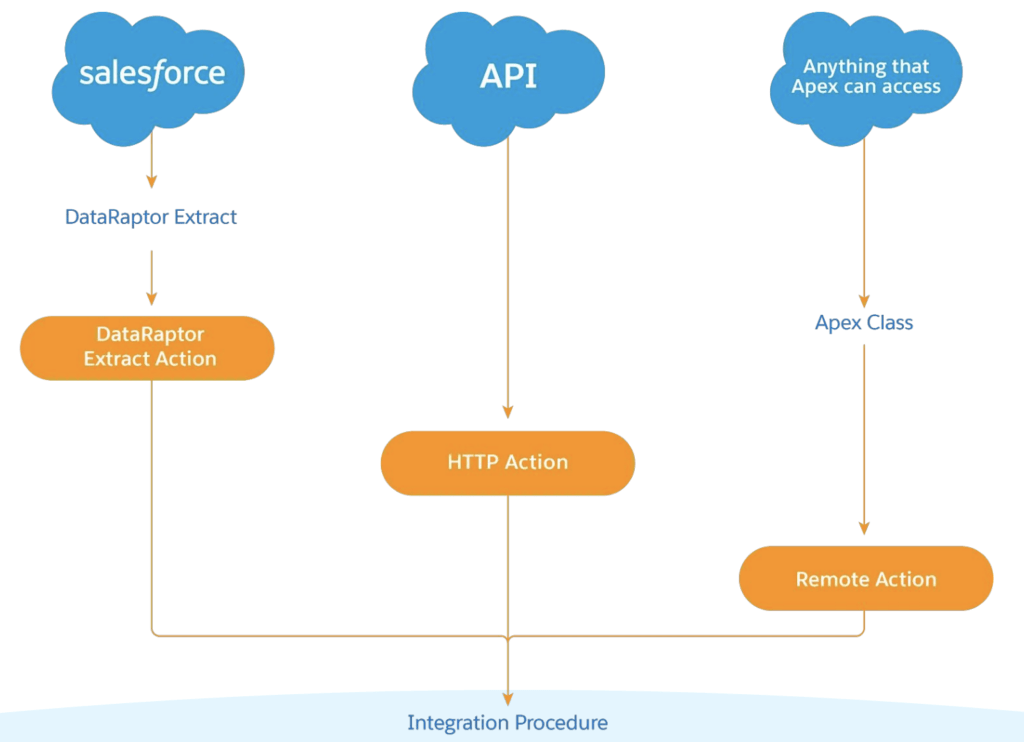
Integration Procedure – Designer
In OmniStudio ntegration procedure designer divided into three following part:
- Available Components Panel
- Structure Panel
- Preview Pane
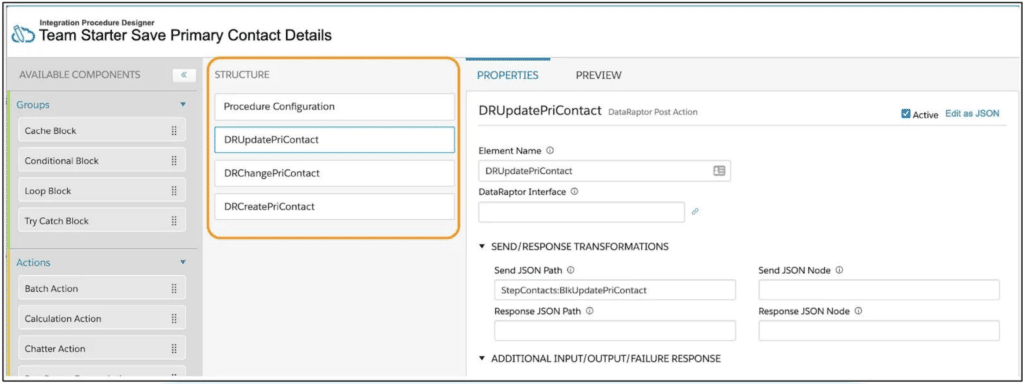
Common Mistakes in Integration Procedure
- When a partition has no allocation, cache operations are not invoked. By default VlocityMetadata and VlocityAPIResponse Partition cache have zero space allocation
- Send and Return more data than needed
- IP is not used for all data calls
- OmniStudio Integration Procedure is not used to performed some SOAP and Rest API callout
- Integration Procedure is not used to be exposed as Rest API
Best Practices of Integration Procedure
- Use Integration Procedures for all data calls to Salesforce.
- Use a Response Action for Integration Procedures to trim the data and only return what is needed. For specific trimming strategies, see Manipulate JSON with the Send/Response Transformations Properties.
- Use multiple Response Actions with different Execution Conditional Formulas to allow an Integration Procedure to exit early under appropriate conditions.
- Use caching to store frequently accessed, infrequently updated data.
- To run data operations asynchronously, call Integration Procedures using these settings:
- Use Future — Use when the calling OmniScript or Integration Procedure doesn’t need a response and completion time is not critical.
- Invoke Mode: Fire and Forget — Use instead of Use Future when the calling OmniScript must invoke the Integration Procedure immediately.
- Invoke Mode: Non-Blocking — Use to run the Integration Procedure immediately while continuing the user interaction of the calling OmniScript. A response is returned when the Integration Procedure is complete.
Integration Procedure Basics Video
Summary
OmniStudio Integration Procedures are declarative, server-side processes that execute multiple actions in a single server call. Check our our complete Salesforce OmniStudio Training.

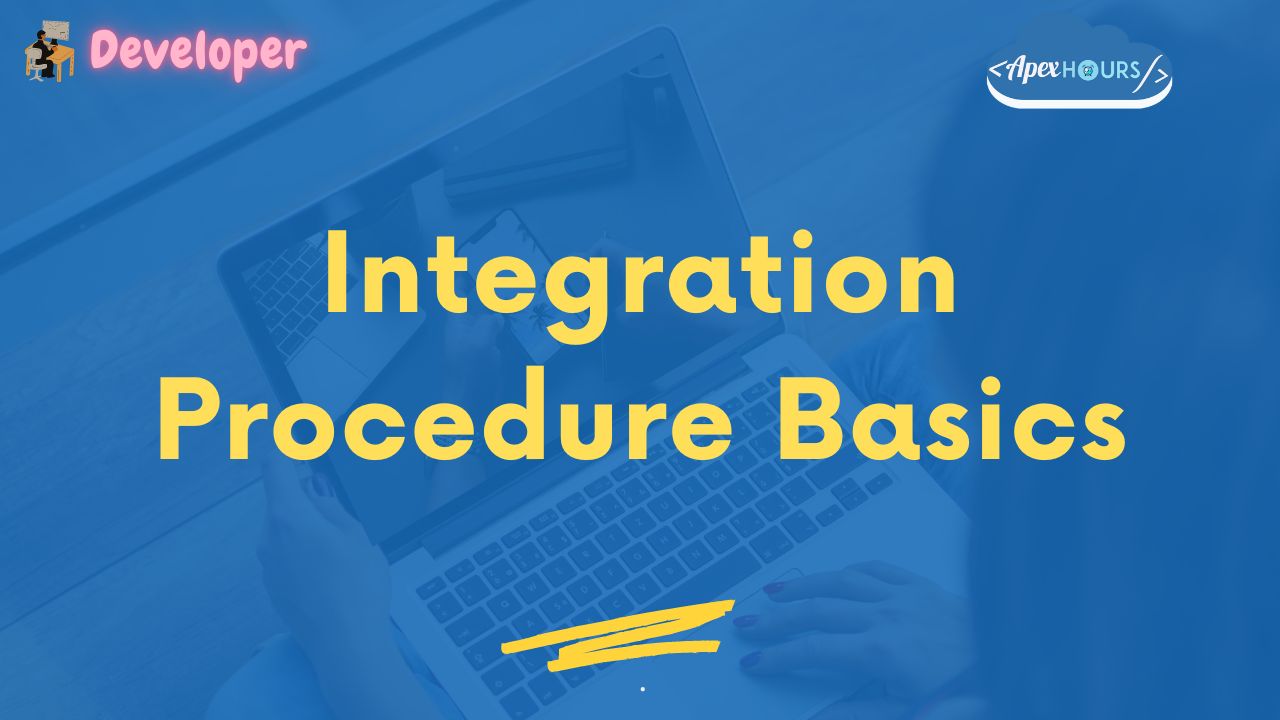


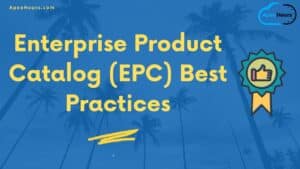
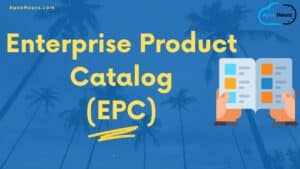
Please Correct the Common Spelling
Thanks for letting us know. Fixed it